The birth and extremely important contributions of Group 559 - Truong Son Troops associated with the "bloodline" Ho Chi Minh Trail, contributed greatly to the victory of the resistance war against the US, to save the country. From there, it left its mark in history as a legendary road - a symbol of the spirit of determination to fight and win of our nation.
 Unit N237 (Youth Volunteers Team 237 - under Construction Board 67 Truong Son) revisits the old battlefield on the occasion of the 55th anniversary of the unit's founding (1969 - 2024). Photo: Duc Lap (Provincial Association of Former Youth Volunteers)
Unit N237 (Youth Volunteers Team 237 - under Construction Board 67 Truong Son) revisits the old battlefield on the occasion of the 55th anniversary of the unit's founding (1969 - 2024). Photo: Duc Lap (Provincial Association of Former Youth Volunteers)
After the 1954 Geneva Agreement was signed, our country was divided: the North moved towards socialism, the South was still temporarily under the control of the Ngo Dinh Diem government. Faced with new revolutionary requirements, our Party had to propose new policies. Therefore, in January 1959, the 15th Central Committee Conference of the Vietnam Workers' Party (term II) set out the tasks of the Vietnamese revolution. In particular, quickly opening a strategic transportation route to support the battlefields in the South became an important and urgent task for our entire Party, people and army.
In response to that request, in May 1959, the General Military Commission and the Ministry of National Defense decided to establish the Special Military Task Force (later called Task Force 559). The task force was to open routes for transporting goods, and at the same time organize the transportation of troops, and transfer official documents and papers from the North to the South and vice versa. After a period of urgent preparation, on May 19, 1959, the Standing Committee of the General Military Commission officially assigned the task to the Special Military Task Force. Accordingly, in 1959, the Task Force was to light the way, ensure traffic and communication from the North to the South; urgently transport 7,000 infantry guns; and organize the dispatch of 500 intermediate and primary cadres to the battlefield as the core to build the main force. To complete the task, the General Military Commission and the Ministry of National Defense decided that the initial staff of the Task Force would include 500 officers and soldiers. In addition to the Union Headquarters, the Union is also organized into the 301st Transportation Battalion and other units such as warehouse construction, packaging, weapon repair, and food processing.
In early June 1959, the Delegation organized a survey team to open a secret route to the South. This route started from Khe Ho (located in the middle of a valley in the southwest of Vinh Linh), then the route developed towards the southwest. The final station was Pa Lin, next to the receiving station of Zone 5. On August 13, 1959, the first shipment officially crossed Truong Son. Overcoming an extremely arduous route, on August 20, 1959, the shipment was handed over to Zone 5 in Ta Riep, including 20 Tuyn submachine guns, 20 Mat rifles, 10 boxes of submachine guns and rifle ammunition. Although the quantity was small, the success of the first shipment was extremely important, creating the premise for the Ministry of National Defense to issue a decision on September 12, 1959 to officially establish Group 559 under the Ministry of National Defense.
Following the initial success and with the determination to be self-reliant, to take advantage of the old road, and at the same time continue to light new roads as reserve roads, in the following years, Group 559 - Truong Son Army and the Ho Chi Minh Trail system quickly developed, meeting the requirements of each stage of the Southern revolution. On January 31, 1961, the Politburo issued a Resolution on the 5-year military mission (1961-1965) and the immediate direction and tasks of the Southern revolution. In particular, focusing on expanding the North-South transport corridor, both by land and sea; gradually increasing the scale and volume, supplying and transporting weapons and vehicles, and providing finance from the North to the South. In the face of increasingly fierce enemy attacks, the Central Committee of the Lao People's Revolutionary Party agreed with our proposal to open a transport route on Lao soil. At the same time, it was proposed to use that route to transport some essential needs to Southern Laos, together with Laos to expand the liberated zone in this area. On June 14, 1961, Group 559 officially operated on the Western Truong Son route.
On October 23, 1961, the Ministry of National Defense issued Decision No. 96/QP to develop Group 559 to the equivalent of a division, with a strength of 6,000 soldiers. Truong Son soldiers were both transport soldiers, infantry soldiers, and engineers, both working and fighting. By the end of 1964, Group 559, together with armed units, youth volunteers, and Military Region 4's traffic, had built a transport corridor, including many backpack routes and a motorized route in the West of Truong Son. By the end of 1967, a solid road network with 2,959km of auto routes (including main and secondary vertical routes, cross-roads, bypasses, and warehouse access roads) had been built, creating a bridge-road situation that could support and complement each other.
During the period 1969-1972, the Truong Son strategic transportation system not only developed in the Southern and Central Highlands battlefields; but also strongly developed in the North, adjacent to the large rear of the North. In July 1970, Command 559 was renamed Truong Son Command. On May 5, 1971, Truong Son Command mobilized all engineering forces and a number of other forces to simultaneously open "closed roads" (roads running under the canopy of Truong Son forest). By the end of 1971, the entire route had opened 1,190km of "closed roads". From then on, transportation on "closed roads" became the main trend on the Ho Chi Minh Trail. At the same time, it was highly appreciated by the Party Committee and Truong Son Command, and considered a strategic achievement, creating a surprise for the enemy air force.
 Truong Son soldiers of Thanh Hoa province during a meeting with comrades.
Truong Son soldiers of Thanh Hoa province during a meeting with comrades.
From its inception until the victorious Spring General Offensive and Uprising in 1975, the Ho Chi Minh Trail was continuously expanded, lengthened, increasingly developed and reached deeper into the battlefields, strategic directions and campaigns. By the end of the resistance war against the US, this route had been expanded and extended to Loc Ninh (Binh Phuoc), with a total length of nearly 17,000km of motorized roads (including 5 longitudinal axes, 21 transverse axes); over 3,000km of liaison roads; nearly 1,400km of oil and gas pipelines and a system of bypass roads, rivers, and communication roads. Along with that, on all roads, the system of supply stations, military stations, warehouses, wharves, motorcycle maintenance and repair stations... were built in an increasingly complete formation, meeting the increasing demands of the battlefield.
During the 16 years since its establishment, the Truong Son Troops, associated with the Ho Chi Minh Trail, have successfully completed the task of providing support from the great rear to the battlefields of Southern Vietnam, Laos and Cambodia. Thereby, they contributed greatly to the General Offensive and Uprising of the Spring of Mau Than in 1968, the Strategic Offensive in 1972, the Victory on Route 9 - Southern Laos and especially the Great Victory of Spring 1975. In general, during the entire resistance war against the US to save the country, the Truong Son Troops, through the Ho Chi Minh Trail, transported and supported the battlefields with over 1.5 million tons of goods and 5.5 million tons of gasoline. At the same time, they ensured that more than 1.1 million cadres and soldiers went to the Southern battlefield and the major fronts; brought more than 650,000 cadres and soldiers from the battlefields to the Northern rear, including nearly 310,000 wounded and sick soldiers.
Not only is it a route for transporting manpower and goods from the rear to the front, Truong Son also has an important strategic position as the "backbone" of the Indochina peninsula. This is the "foothold" of the main army corps and military and technical units; it is the direct rear area of the battlefields; the launching pad has been prepared for the main army corps to attack important strategic and campaign directions. Not only that, the Ho Chi Minh trail is also a comprehensive battlefield in the resistance war against the US to save the country, in which the Truong Son troops are the core force. In particular, the Ho Chi Minh trail is a shining symbol of the special solidarity in fighting against the common enemy of the three countries of Vietnam - Laos - Cambodia and the great support and assistance of international friends. The birth of the Ho Chi Minh trail and the combat and road-opening activities of the Truong Son troops have made an important contribution to the development of the unique and creative Vietnamese military science and art.
With such great and important historical significance, the 65th anniversary of the opening of the Ho Chi Minh Trail - the Truong Son Troops' Tradition Day is an opportunity for future generations to pay tribute to the generations of fathers and brothers who "divided Truong Son to save the country". At the same time, we strive and take responsibility to promote the miracle of the legendary Ho Chi Minh Trail and the heroic Truong Son Troops' tradition in the current cause of building and defending the Fatherland.
Khoi Nguyen
Source




![[Photo] Prime Minister Pham Minh Chinh receives Mr. Jefferey Perlman, CEO of Warburg Pincus Group (USA)](https://vstatic.vietnam.vn/vietnam/resource/IMAGE/2025/4/18/c37781eeb50342f09d8fe6841db2426c)



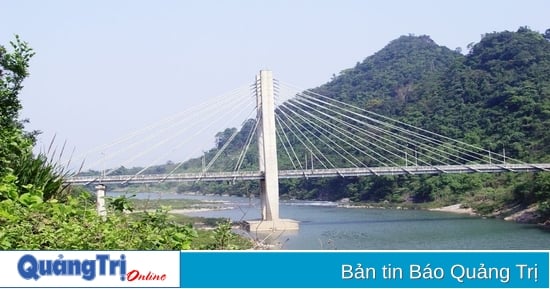
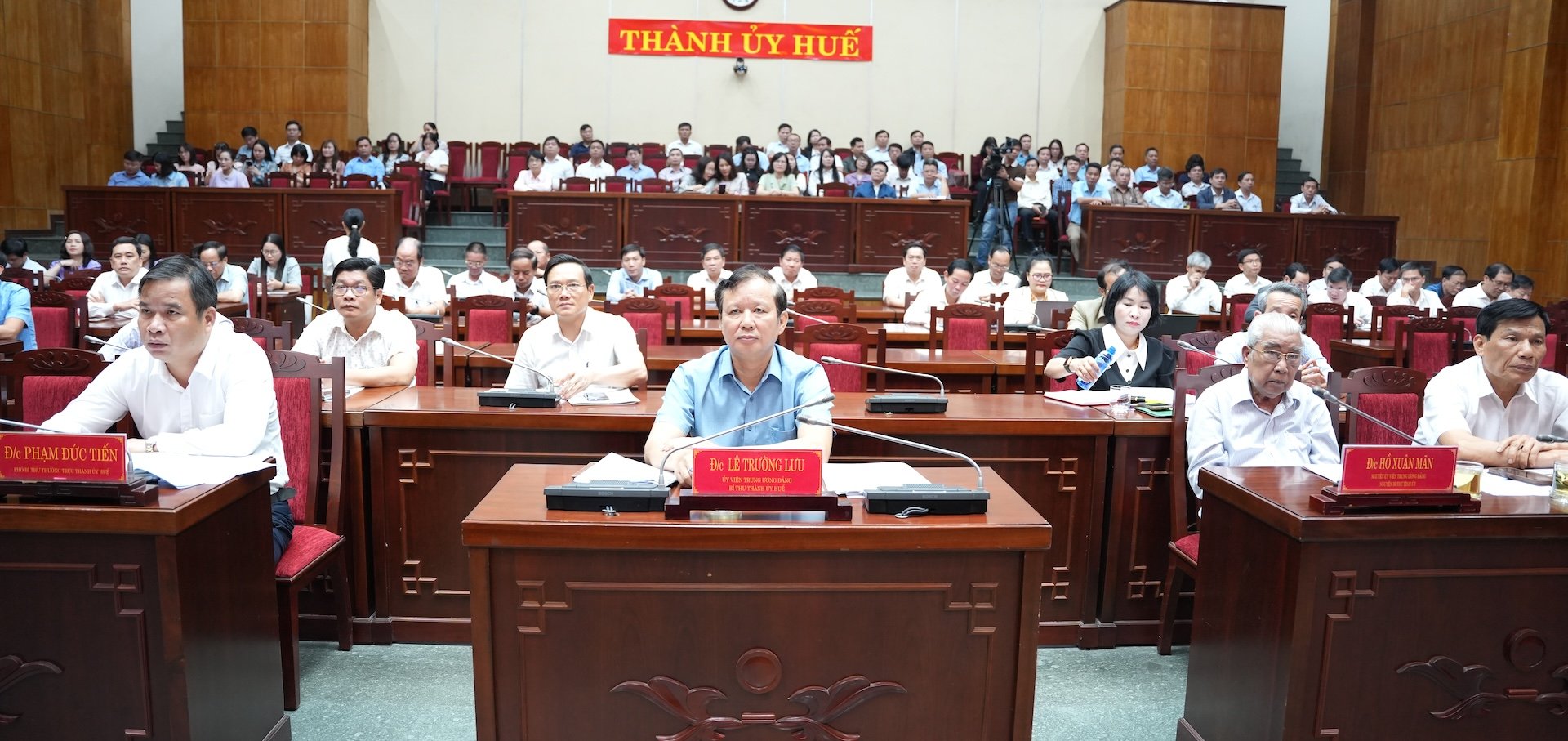

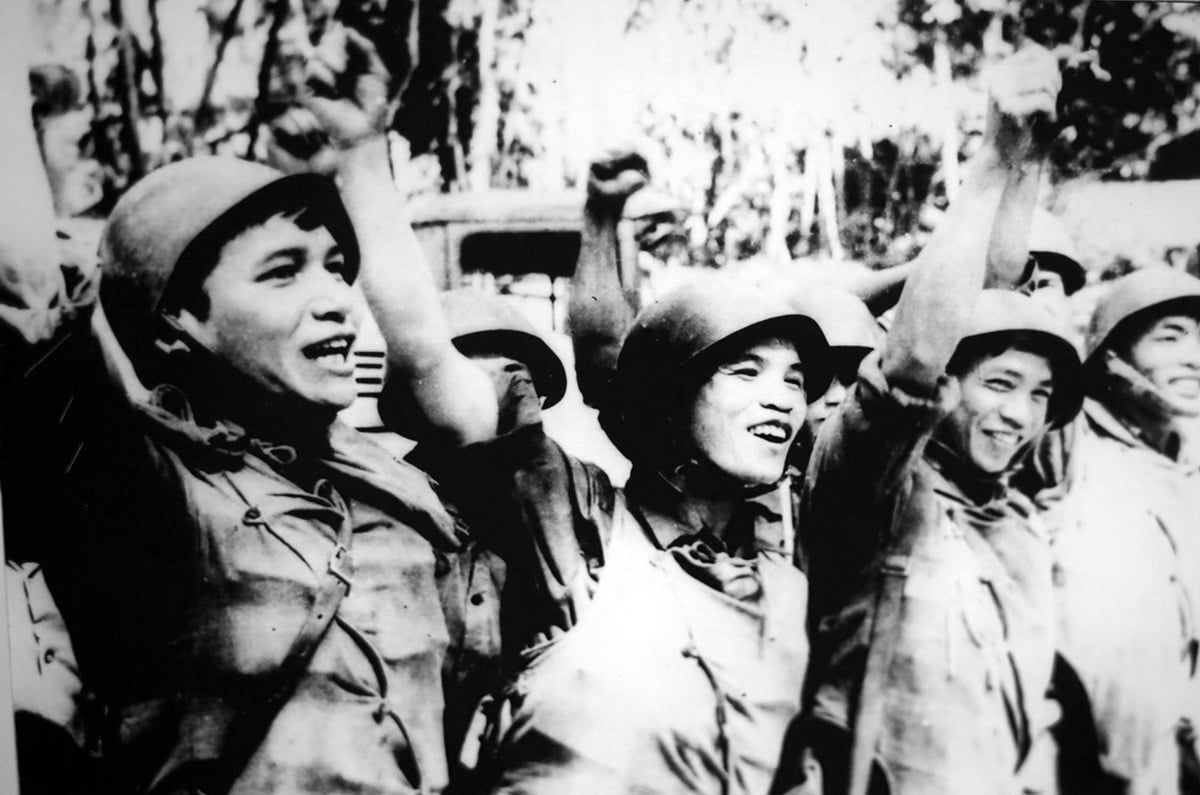

![[Update] - Thanh Hoa: 55 thousand delegates attended the conference to disseminate and implement the Resolution of the 11th Conference of the 13th Party Central Committee](https://vstatic.vietnam.vn/vietnam/resource/IMAGE/2025/4/16/f1c6083279f5439c9412180dda016c15)
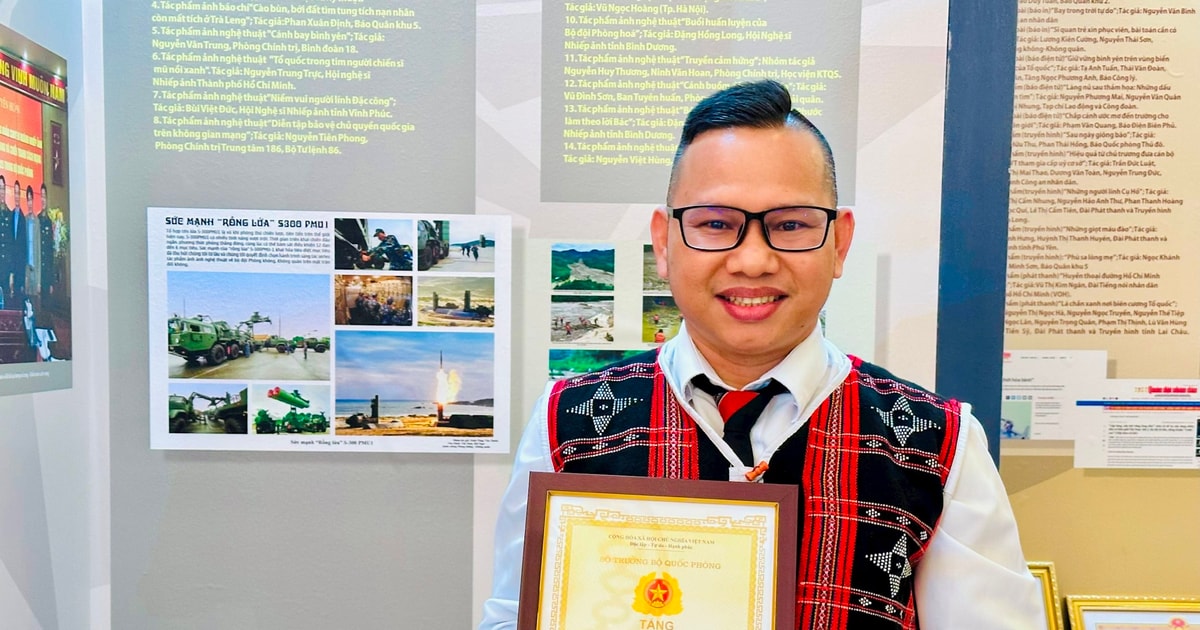
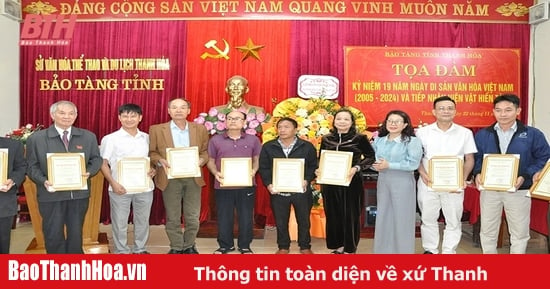





















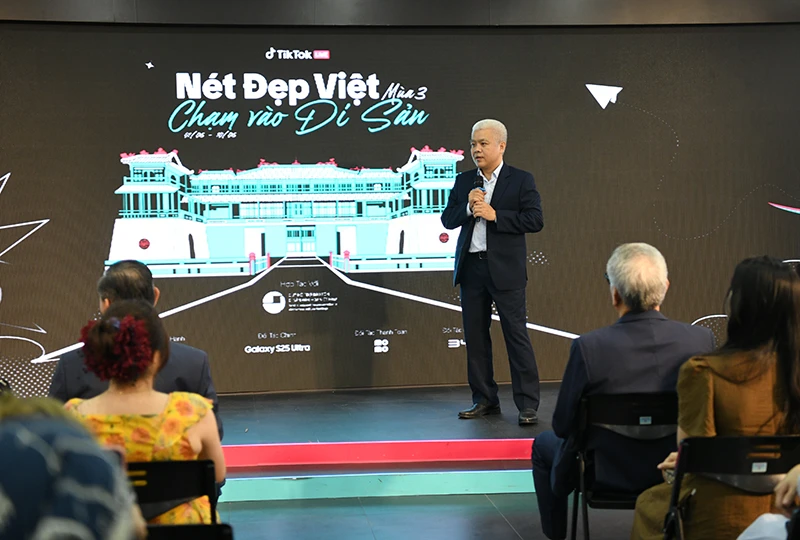












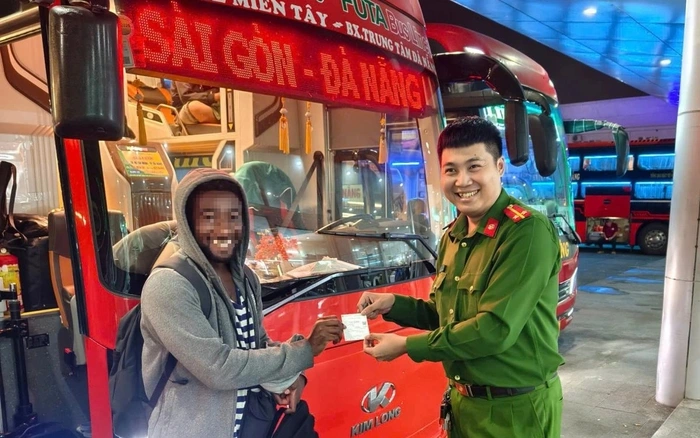

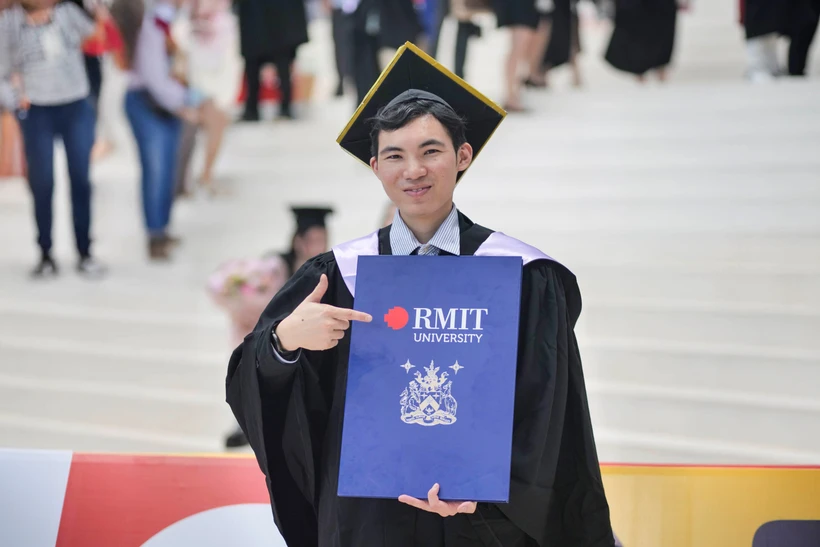


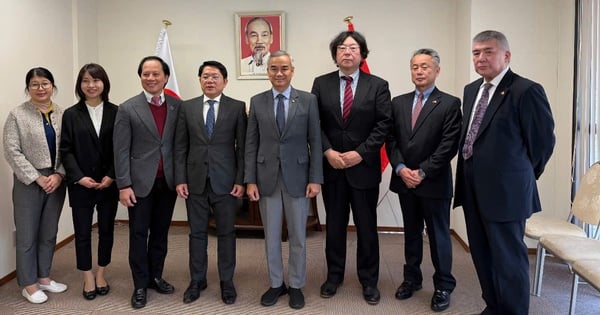

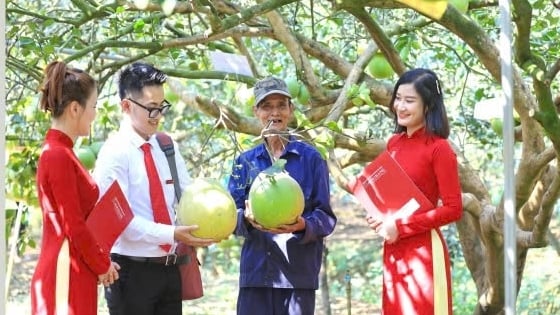


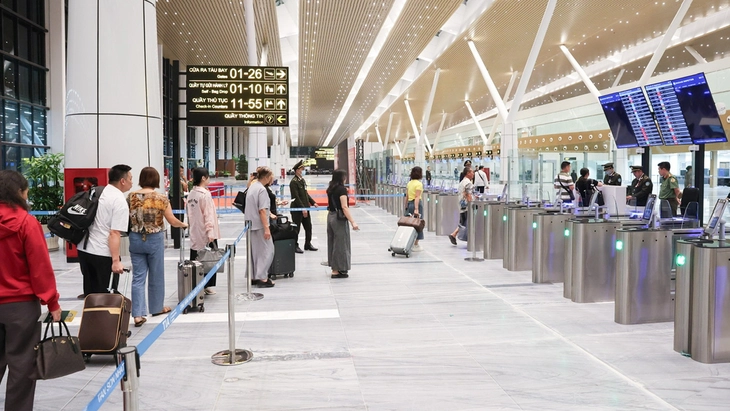
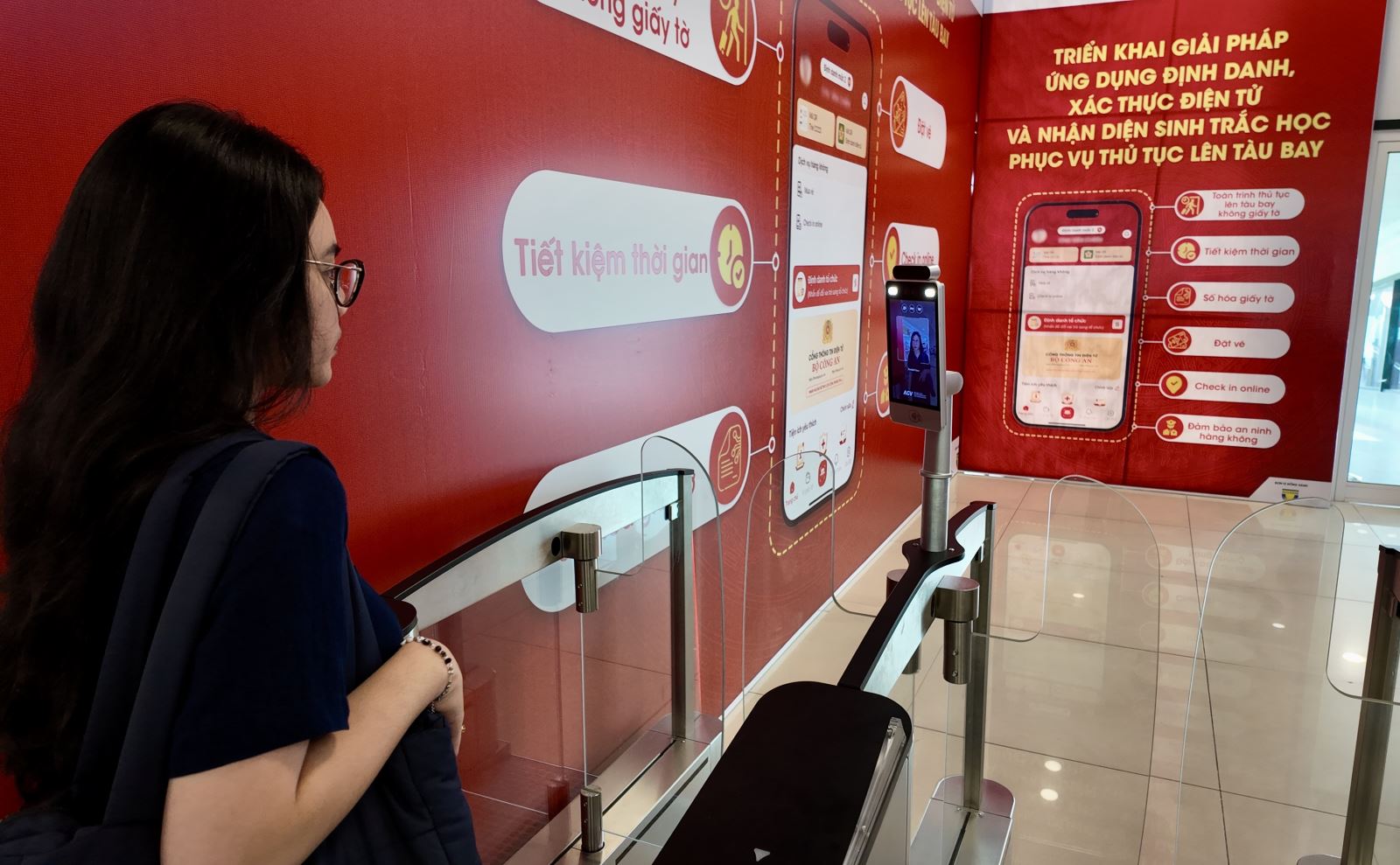

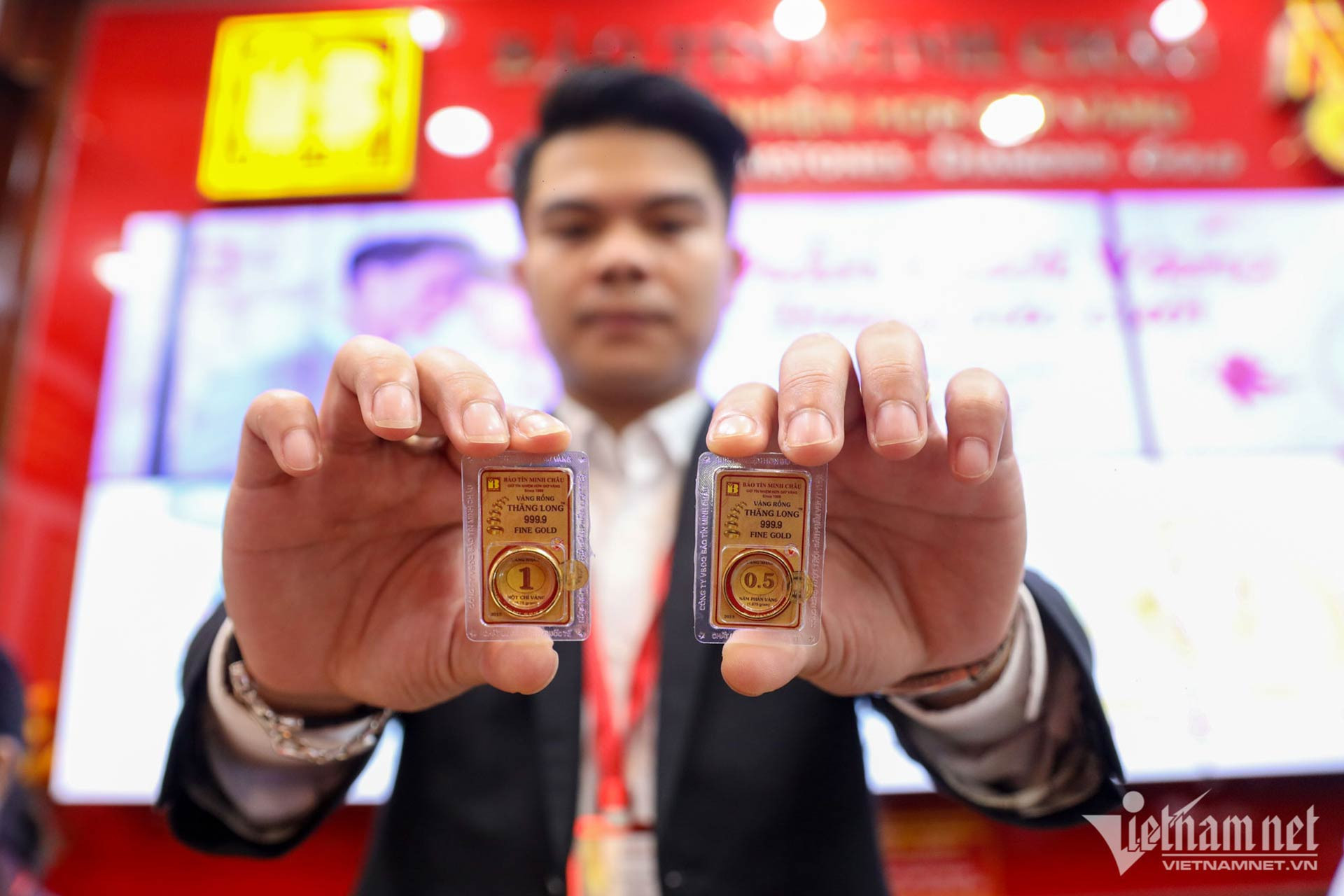






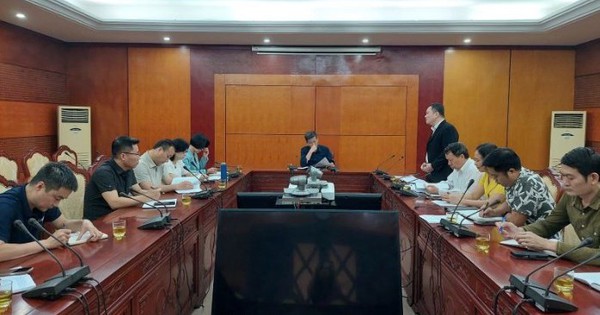





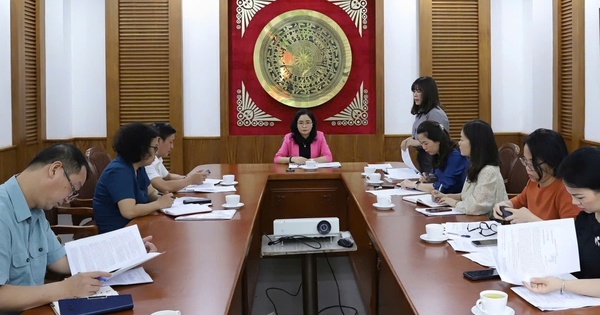












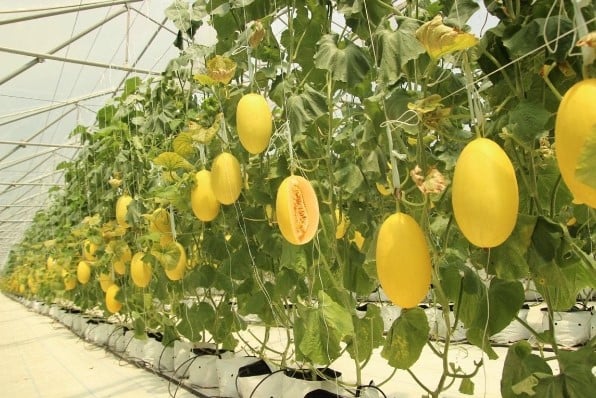
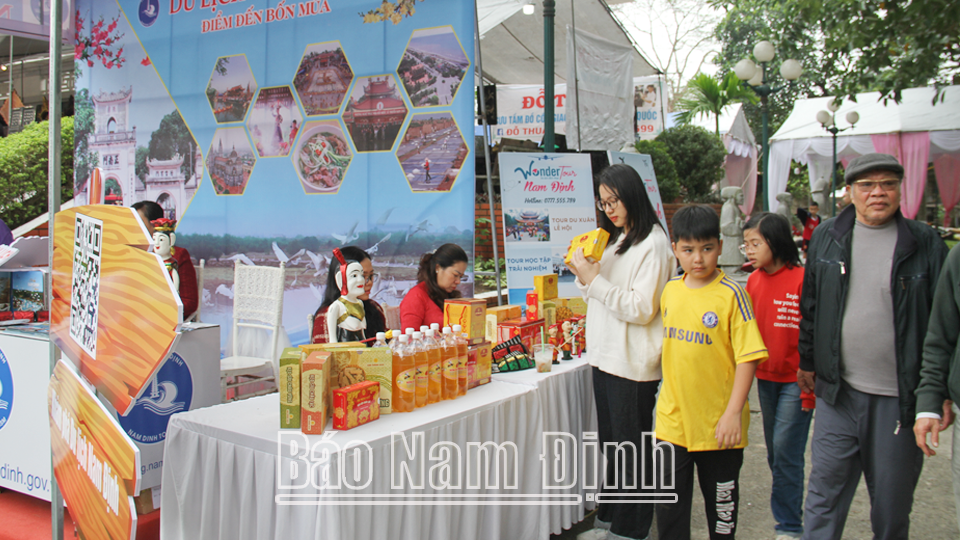





Comment (0)